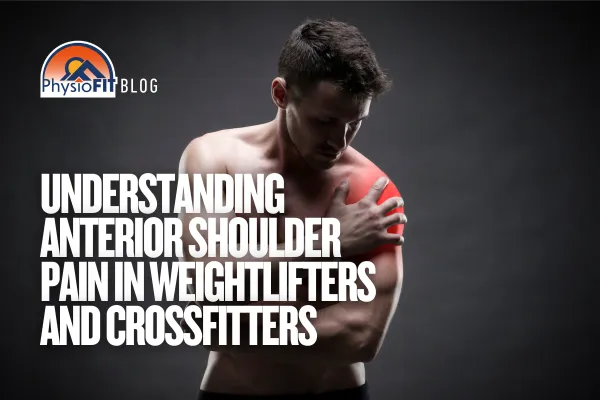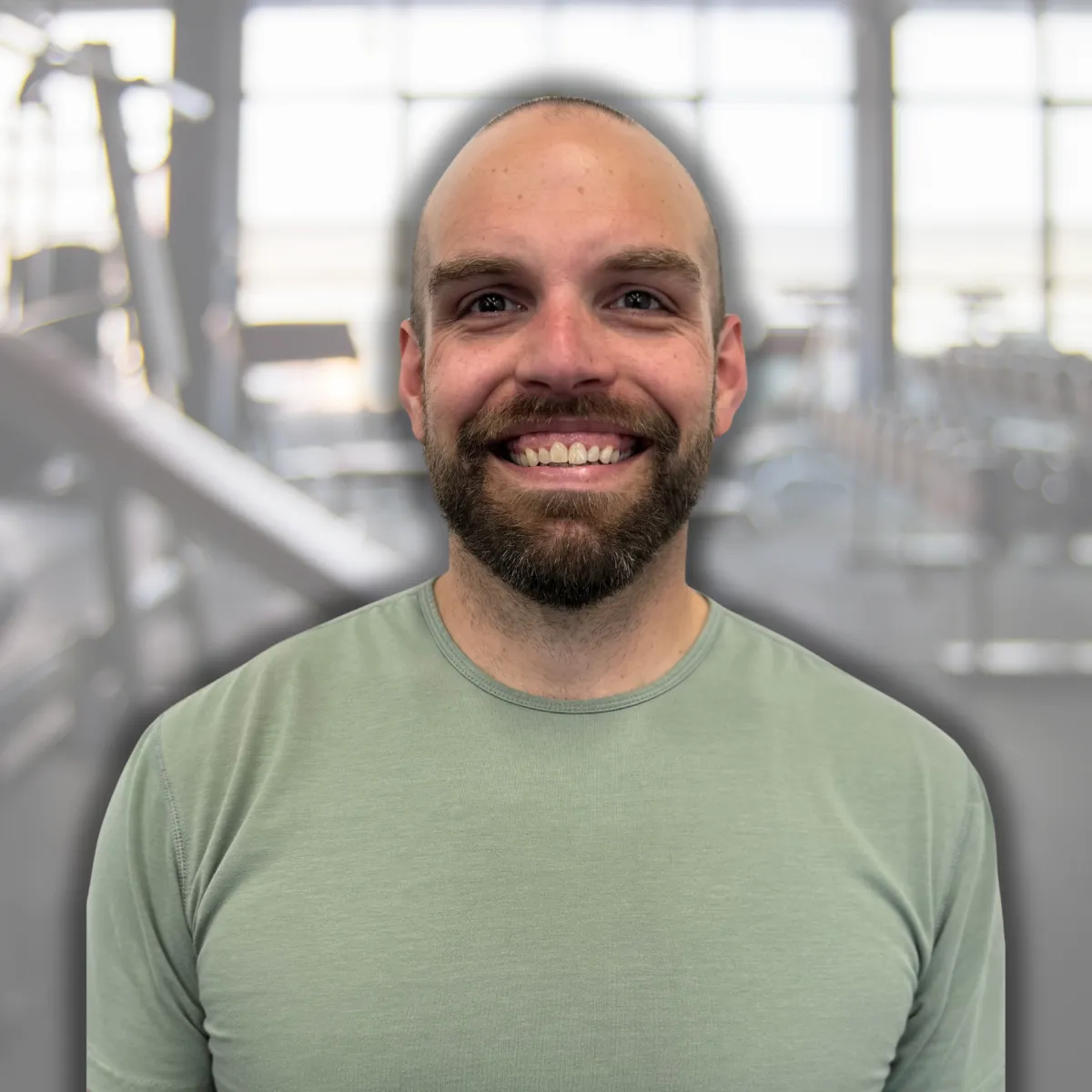Your Source for All Things Physical Therapy in Bend Oregon
The PhysioBLOG
Here, we share informative articles and insights that aim to help you achieve your full potential through our fitness-focused approach to rehabilitation. Our team is dedicated to providing you with valuable tips and techniques that can help you overcome any obstacle, whether you're recovering from an injury, surgery, or striving to build strength and wellness for life.
Stay up-to-date with our latest posts & empower yourself with elegantly simple techniques for optimal health & wellness.

Understanding Anterior Shoulder Pain in Weightlifters and CrossFitters
Anterior shoulder pain is a common complaint among weightlifters and CrossFit athletes, often attributed to a variety of factors. One prevalent issue underlying this pain is weakness in the shoulder external rotators. In fact, many athletes experiencing anterior shoulder discomfort tend to have external rotator strength in the lower 50% when compared to age-related norms. This weakness can lead to improper shoulder mechanics and increased stress on the anterior structures of the shoulder joint, particularly the labrum.
The Role of Shoulder External Rotators
The shoulder external rotators, primarily the infraspinatus and teres minor, play a crucial role in stabilizing the humeral head within the glenoid socket. When these muscles are weak, the humeral head can shift forward, leading to excessive stress on the anterior components of the shoulder. This stress is particularly problematic for the labrum, a cartilage structure that provides stability and cushioning within the shoulder joint.
Biceps Tendonitis: A Common Misdiagnosis
Due to the close proximity of the biceps tendon to the labrum, anterior shoulder pain is often misdiagnosed as biceps tendonitis. The long head of the biceps tendon attaches directly to the superior portion of the labrum, making it a common secondary source of pain. However, in many cases, the labrum itself is the primary pain generator, with biceps tendonitis being a secondary condition arising from underlying labral pathology.
Self-Assessment for Biceps Tendonitis
If you have been diagnosed with biceps tendonitis, there is a simple test you can try to help identify whether your pain is truly coming from the biceps tendon or if the underlying cause may be labral-related. Perform a very heavy bicep curl; if this movement does not exacerbate your pain, it is likely that the biceps tendon is not the primary issue. Instead, the labrum and poor shoulder mechanics may be the root cause of your discomfort.
Addressing the Root Cause
To effectively manage and prevent anterior shoulder pain, addressing the root cause—external rotator weakness—is crucial. Incorporating specific strengthening exercises such as:
• External rotation with resistance bands
• Face pulls to engage the rotator cuff and scapular stabilizers
• Wall walks to emphasize rotator cuff and scap stabilizers
• Isometric holds to improve endurance and stability
Additionally, focusing on better technique during overhead lifts, pressing movements, and Olympic lifts can help reduce strain on the anterior shoulder structures.
Conclusion
Anterior shoulder pain in weightlifters and CrossFit athletes is often linked to inadequate external rotator strength, among other factors, leading to poor joint positioning and stress on the labrum. While biceps tendonitis is frequently diagnosed, it may not always be the true cause of pain. By strengthening the external rotators and optimizing shoulder mechanics, athletes can mitigate pain and improve performance. If you’re dealing with persistent shoulder pain, consider assessing your external rotator strength and seeking guidance from the barbell rehab experts and performance therapists at PhysioFit for a tailored rehabilitation approach.
Ask The Experts

PT, MSPT, OCS, CF-L1

PT, DPT, TPI, CF-L1

PT, DPT, CSCS
Copyright PhysioFIT 2025 . All Rights Reserved


